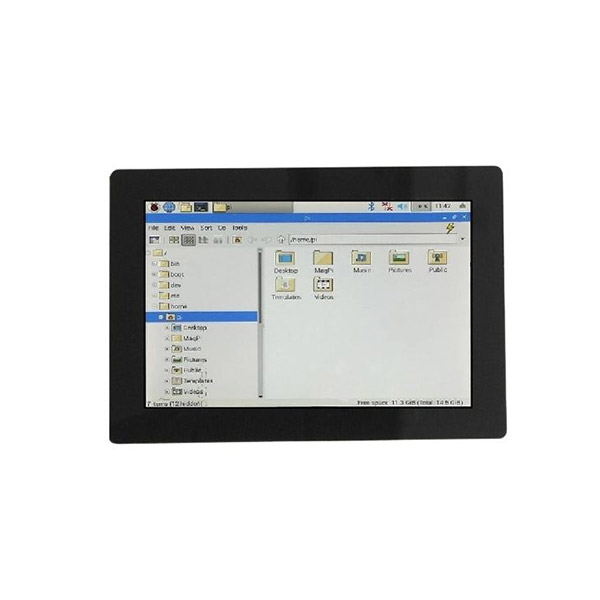A Complete Guide to Choosing HDMI Displays for Industrial Environments
In industrial environments, choosing the right HDMI display is crucial for ensuring operational efficiency, durability, and seamless integration with existing systems. Whether used in automation, manufacturing, or monitoring applications, industrial displays must withstand harsh conditions while delivering high-quality visuals. This guide will help you navigate the essential factors in selecting an HDMI display suited for industrial settings.
Why HDMI Displays for Industrial Use?
HDMI (High-Definition Multimedia Interface) is a widely used display connection standard due to its high-definition video and audio transmission capabilities. Industrial applications benefit from HDMI technology for the following reasons:
High Compatibility: HDMI is supported by various industrial devices, including PCs, embedded systems, and IoT devices.
Reliable Digital Signal: HDMI ensures high-quality signal transmission with minimal interference.
Ease of Use: Plug-and-play functionality simplifies setup and reduces installation time.

Key Considerations When Choosing an Industrial HDMI Display
1. Display Size and Resolution
The choice of display size depends on the application and available space. Industrial environments typically require:
Small screens (7-15 inches) for compact control panels and embedded systems.
Medium-sized screens (15-24 inches) for machine monitoring and production line supervision.
Large screens (24 inches and above) for command centers and process control.
Resolution plays a crucial role in readability and image clarity. A Full HD (1920x1080) resolution is suitable for most applications, while 4K UHD (3840x2160) may be necessary for highly detailed visualizations.
2. Durability and Environmental Resistance
Industrial displays must withstand challenging conditions, including dust, moisture, vibrations, and extreme temperatures. Consider the following:
IP-rated protection (e.g., IP65) for dust and water resistance.
Rugged casing made from industrial-grade materials.
Wide operating temperature range for harsh environments.
3. Touchscreen and User Interaction
For applications requiring frequent user interaction, touchscreen displays enhance usability. Common touchscreen technologies include:
Resistive touch (works with gloves, ideal for heavy-duty environments).
Capacitive touch (supports multi-touch, offers higher sensitivity and clarity).
4. Mounting Options and Flexibility
Industrial displays must fit seamlessly into existing setups. Common mounting methods include:
VESA mounting for easy integration into workstations and machinery.
Panel mounting for flush installation into control panels.
Rack mounting for server and network applications.

Yicheng Optoelectronic Technology Co., Ltd: Your Trusted Industrial Display Partner
Yicheng Optoelectronic Technology Co., Ltd is an innovative enterprise specializing in the production and integration of LCD screens for industrial applications. With years of expertise, Yicheng provides:
High-quality industrial HDMI displays with superior durability and performance.
Customizable solutions to meet specific application requirements.
Comprehensive support and after-sales service for seamless integration.
Yicheng's displays are designed to withstand harsh industrial environments, ensuring reliability in automation, manufacturing, and control systems.

Conclusion
Selecting the right HDMI display for industrial environments involves considering factors such as size, resolution, durability, touchscreen capabilities, and connectivity. Yicheng Optoelectronic Technology Co., Ltd offers cutting-edge display solutions tailored to industrial needs, ensuring high performance and longevity.
Solutions for Common Issues with TN LCD Screens: Troubleshooting Tips and Tricks



